Two Cities One Heart
Implementation team
TREA Team for Resilient Architecture (Vilma Autio, Hanna Kuivalainen, Maija Parviainen) (FI)
Actor(s)
Municipalities of Tornio and Haparanda
Citizens
Ramboll Oy (traffic planning)
ELY Centre Regional Authority
Competition Team
Vilma Autio (FI), architect
Maija Parviainen (FI), architect
Hanna Kuivalainen (FI), architect
Europan 14 TornioHaparanda (FI/SE)
winner
2017
Team Point of View
The core challenge of the TornioHaparanda site was to imagine spatial interpretations for supporting the co-existence and uniqueness of the TornioHaparanda twin city. The vision of the entry ‘Two Cities One Heart’ is to unite both cities into one physically connected urban entity with one shared heart by stitching together the urban fabric on each side of the national border. In order to do so, we developed three design strategies: first the TornioHaparanda Loop, second the Productive boulevard and finally the Rajakaari park, that is defined by an array of neighbourhoods. These core strategies overlap to form the new centre for TornioHaparanda while creating intriguing opportunities for various activities. From two cities separated by the border… to a twin city with one heart!
Jury Point of View
The entry was carefully researched from all angles. The urban structures of Haparanda and Tornio were fluently extended on both sides with a meticulously designed in-between landscaped parkland. The entry was divided into three elements: “the Loop”, which emphasised the internal connections within the site; “the Productive Boulevard”, creating cohesion within the urban structure; and “the Park” between the two cities. Presenting connections and traffic along a circular route is a good idea as, in addition to visual and structural cohesion, it also creates pedestrian and bicycle routes with varied views.
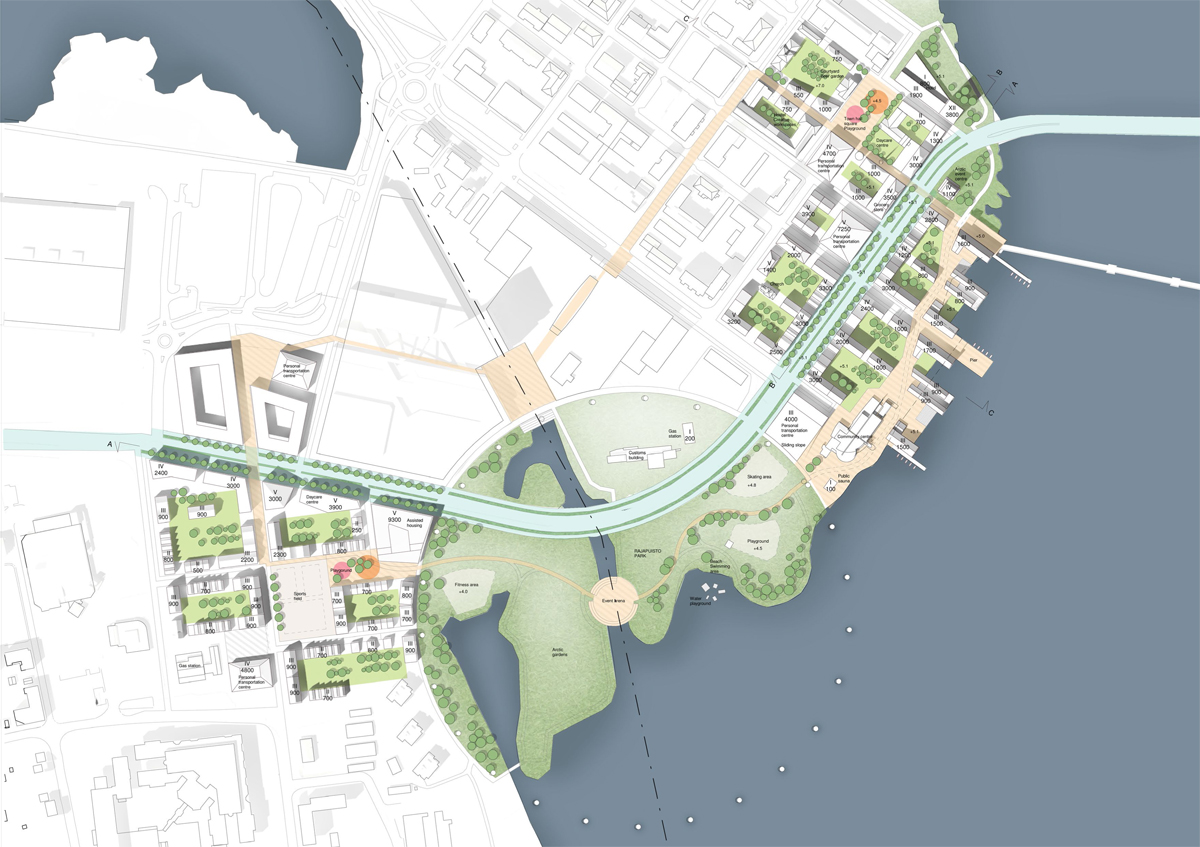
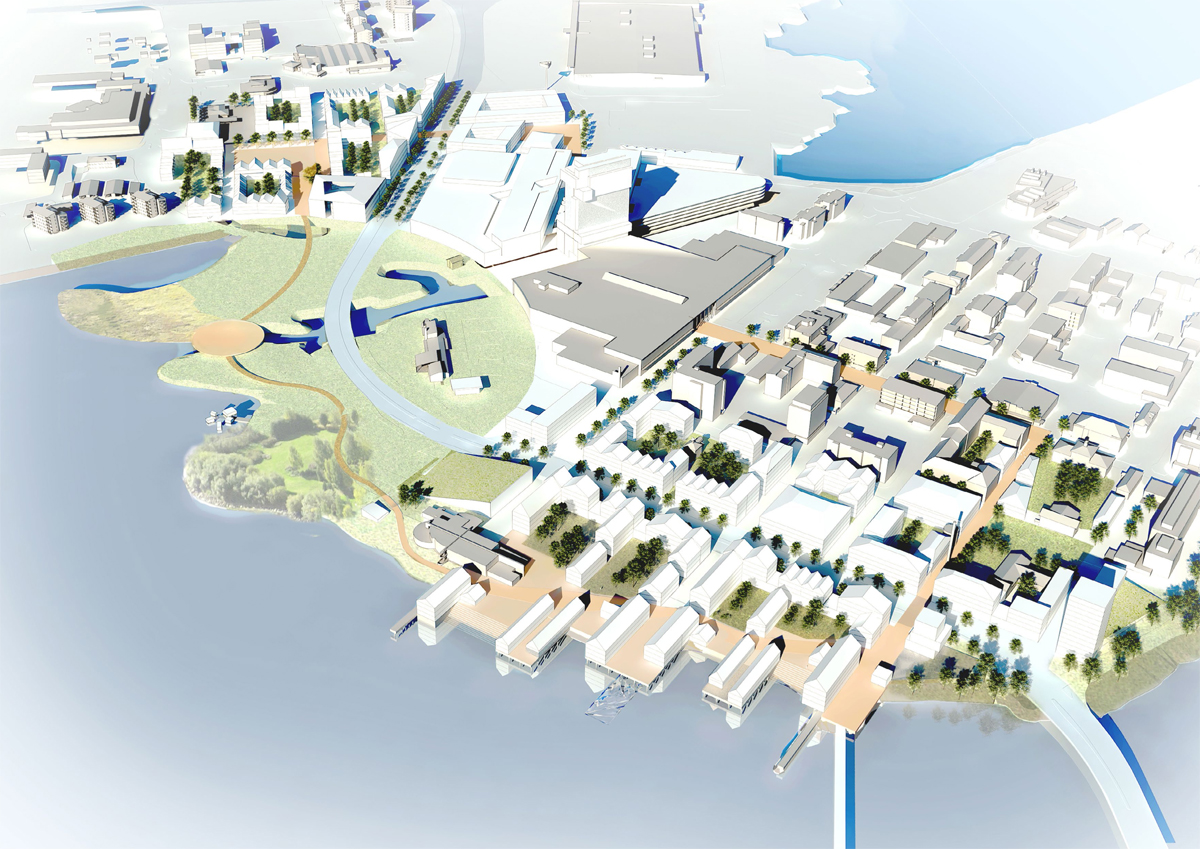
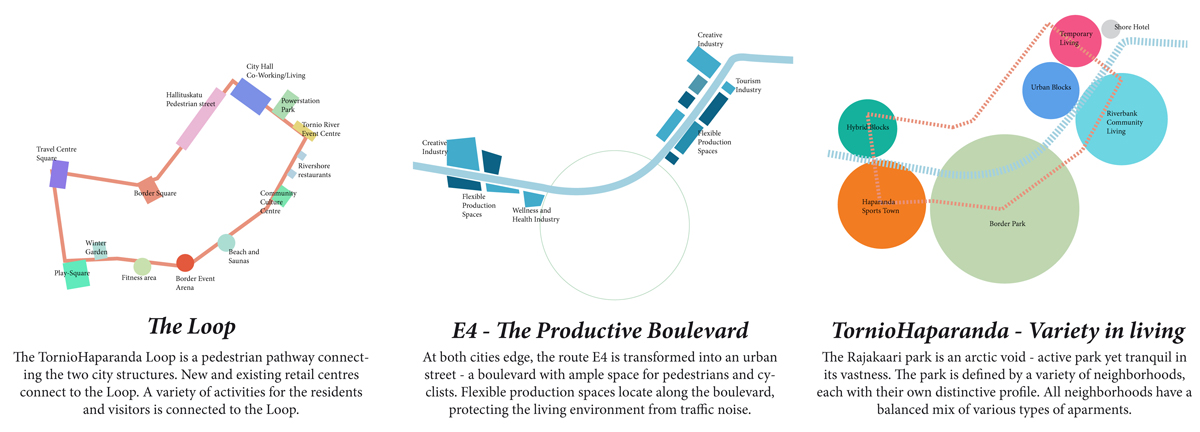
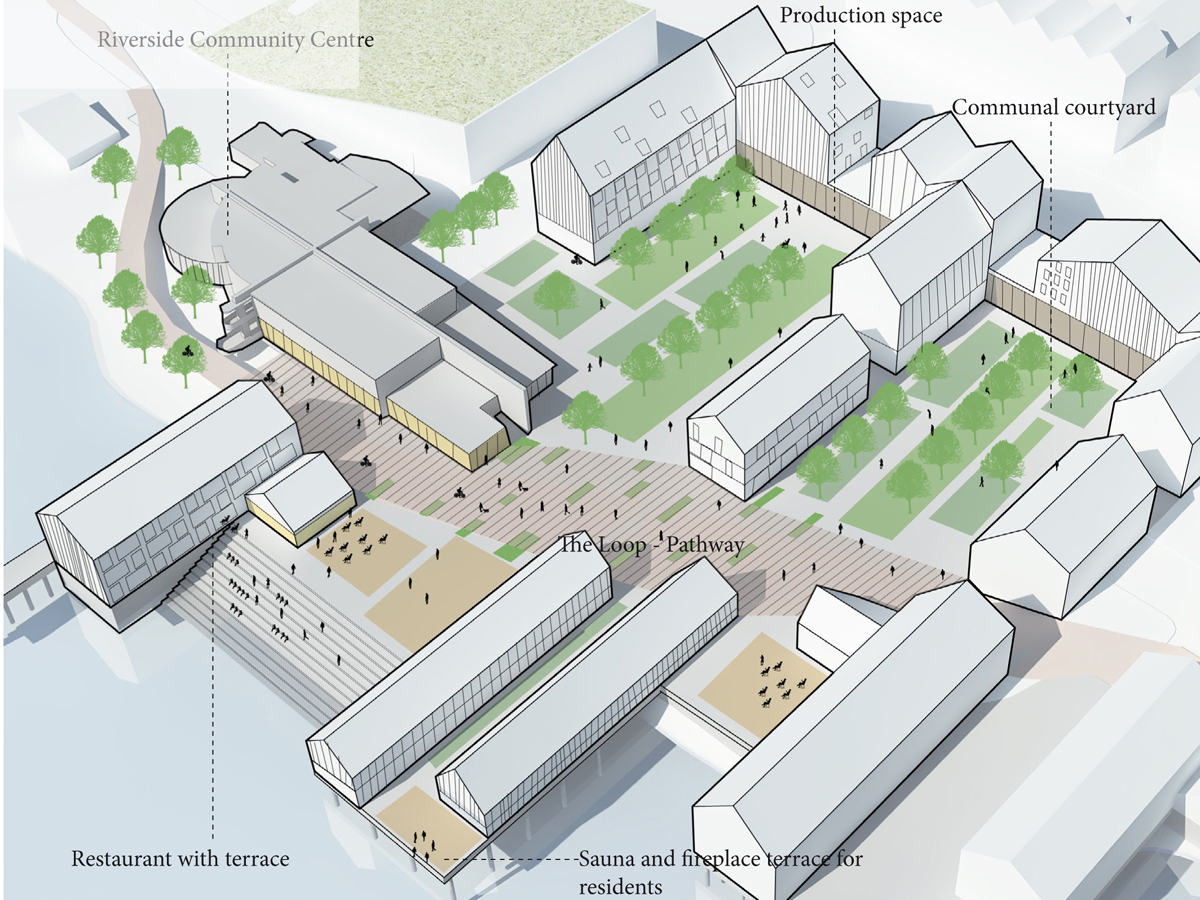

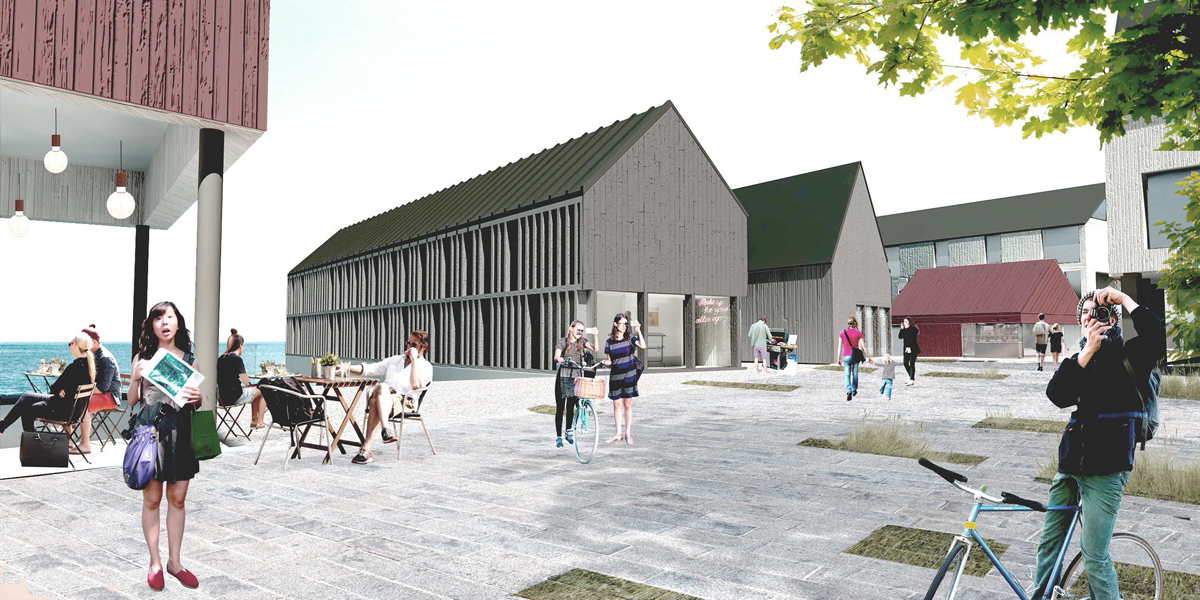
2017-2020
The first steps of the implementation process were initiated by the cities of Tornio and Haparanda directly after the release of the results of the Europan competition. TREA as the winning team was invited to present its winning project to the local planning officials and local media of Tornio and Haparanda in December 2017.
Soon after, a working group was put together to develop the Two Cities One Heart proposal into a schematic master plan. Traffic planners were invited into the team, and the feasibility of the elements of the proposal was closely examined. The goal of the further development was to produce a refined schematic master plan that would remain loyal to the goals of the initial competition, as well as adhering to the economic and legislative realities of both cities.
The key elements from the winning project: the Loop, the Boulevard and the unbuilt Rajakaari park remained the core of the master plan. The secondary elements of the plan were revised where necessary to take existing traffic routes, property boundaries and local planning legislation into consideration.
After the E14 competition area overall master plan revision process, in spring 2019 the city of Tornio commissioned TREA to design a more detailed master plan for the southmost blocks on the Tornio side of the competition perimeter. The working plan for this step of the design process included detailed examination of housing volumes, yard areas and public space along the riverbank, as well as a study of alternative hotel concepts to be located in the area. TREA also looked into ways to retrofit existing buildings in the area.
The phase also included the conceptual design of a new attraction called the ‘Energy Park’, that is located on the Tornio side of the Rajakaari park. The Energy Park will be a high-quality public park, that features several applications related to renewable energy.
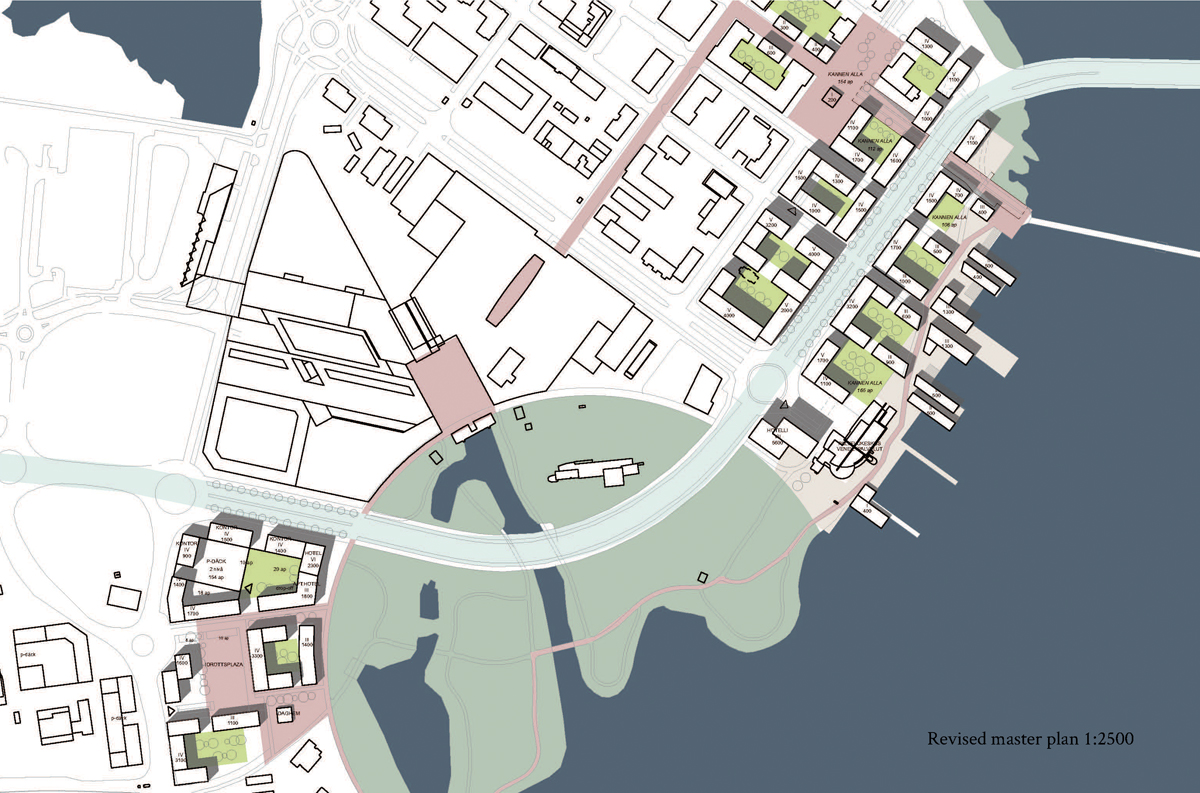
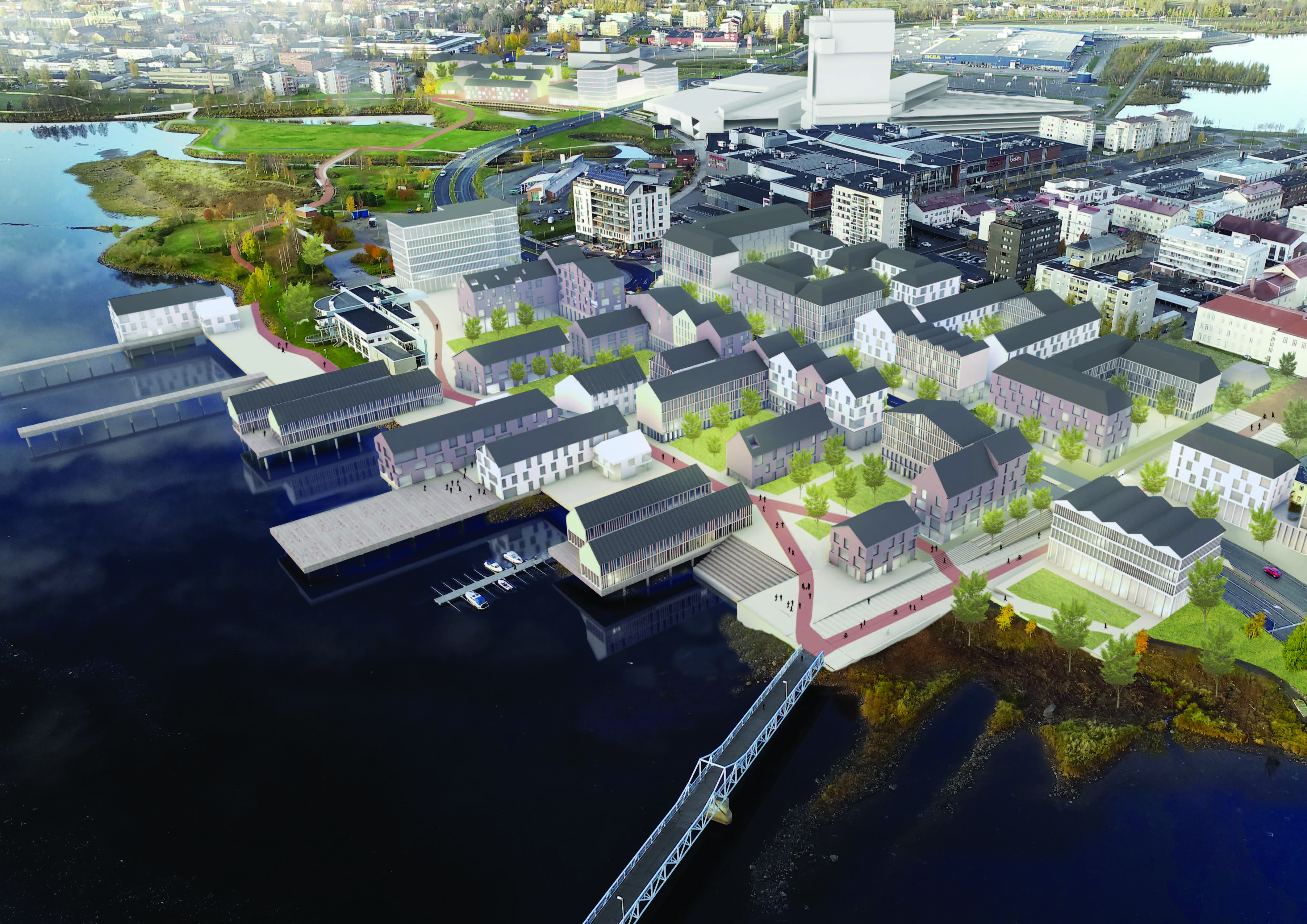
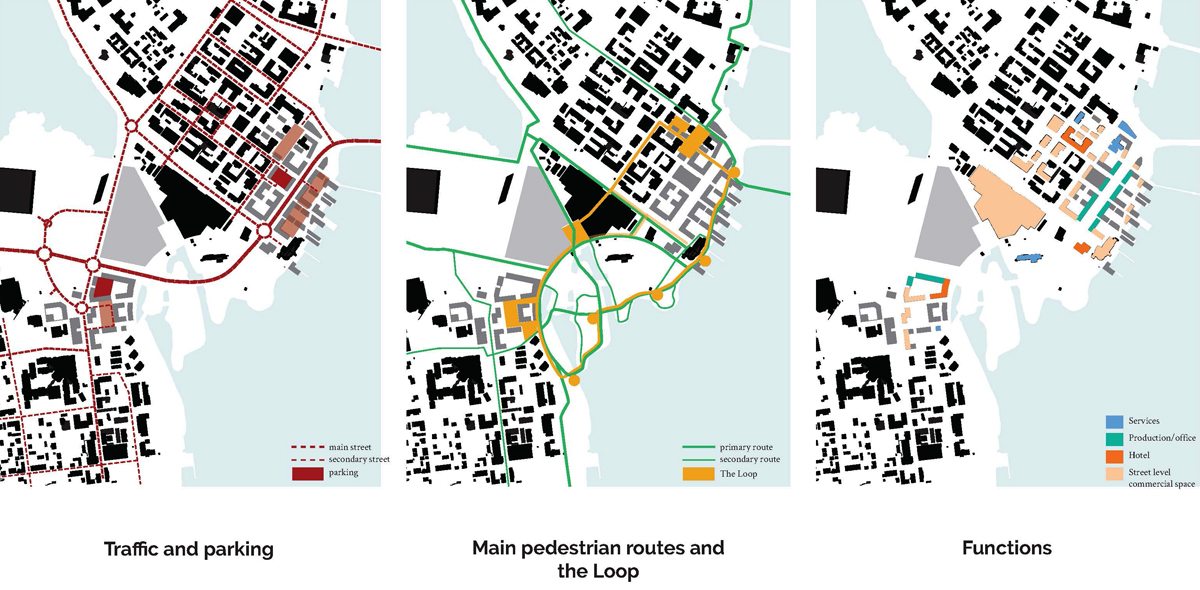
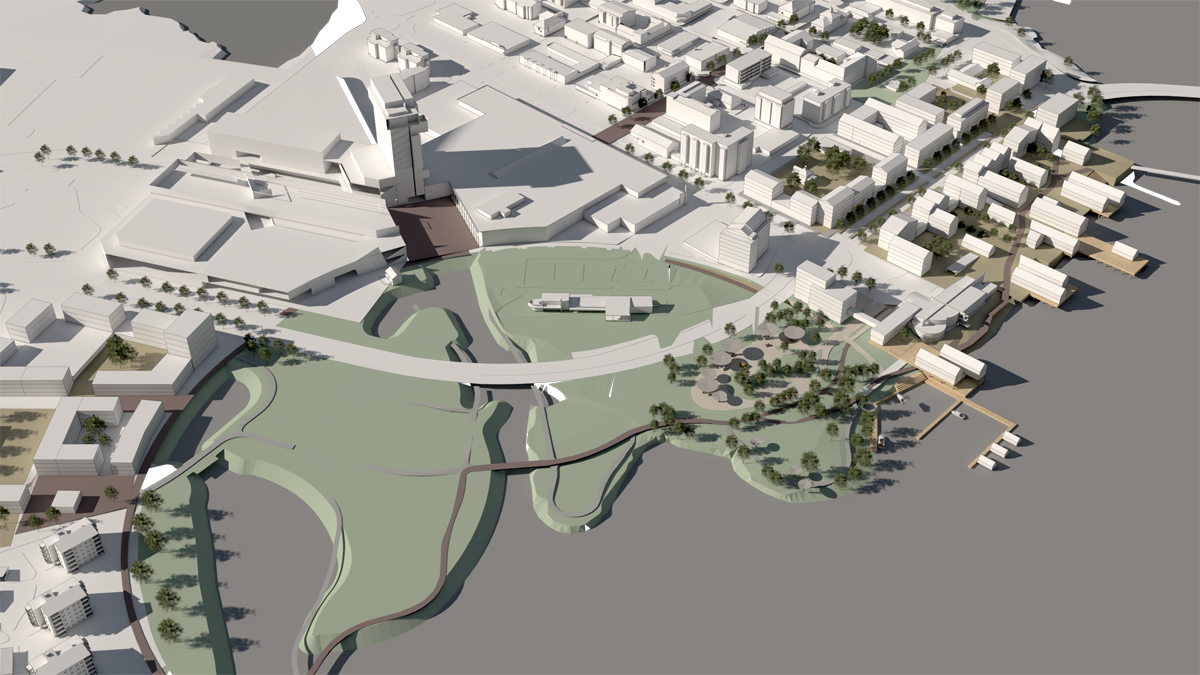
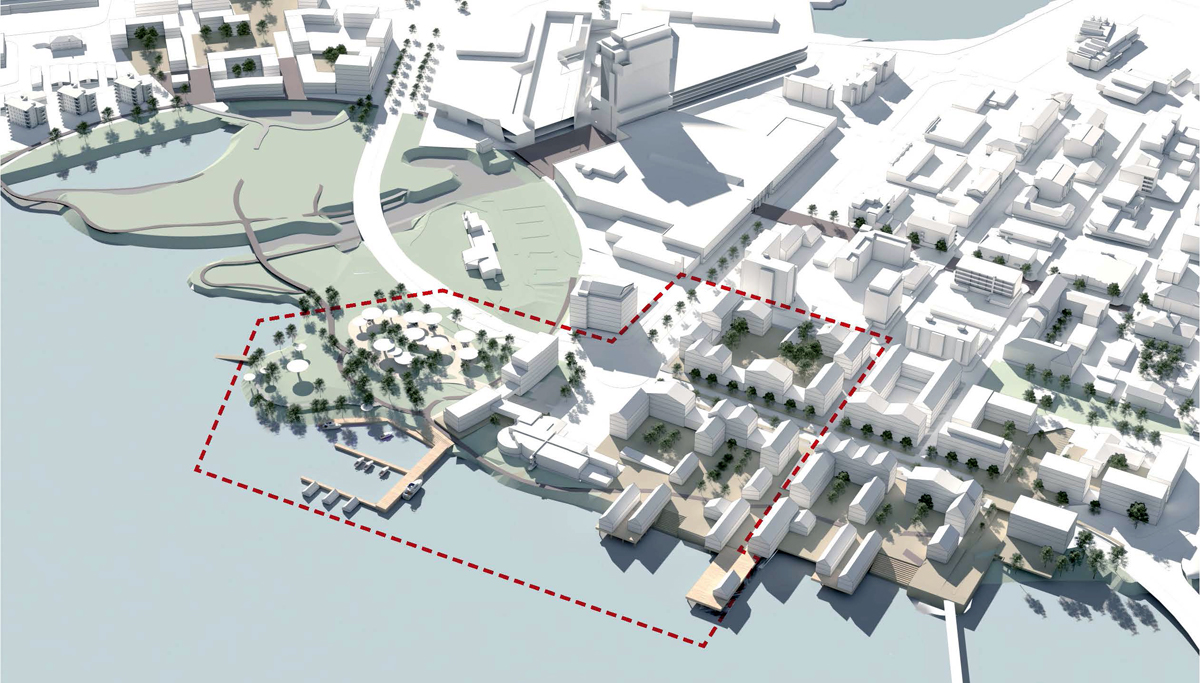

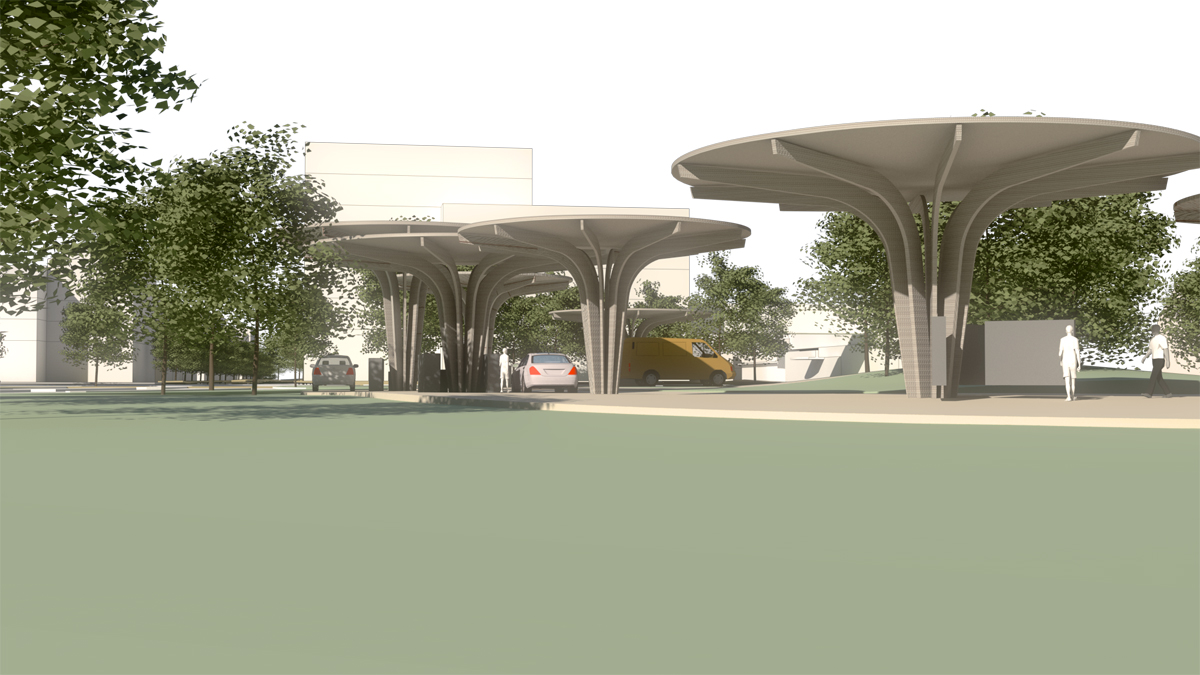
Site informations
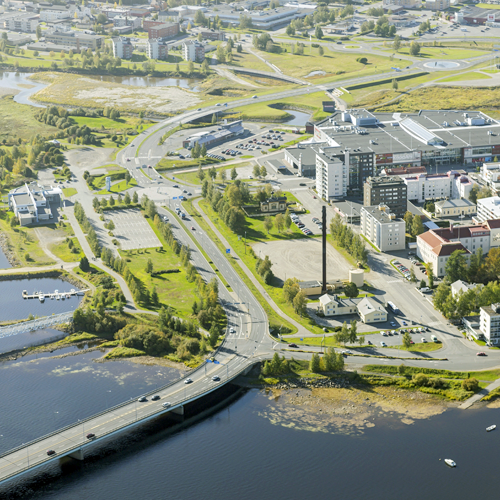
TornioHaparanda (FI/SE)
Synthetic site file EN